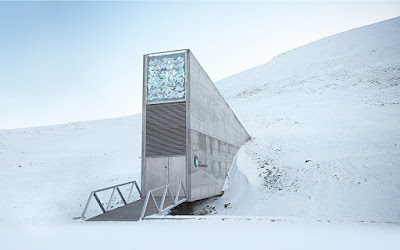Case Studies
Mongolia: In Ulaanbaatar, Mongolia, combusting coal has produced so much coal that it is visible in the air and the smell is horrible. The pollution problem is caused by the coal, even though the coal is what gets them through the winter. The coal is used to produce energy and warmth and smoke floats out of every chimney, keeping them warm, but also affecting their health. People are getting pneumonia and the politicians are not serving the people or controlling the pollution by providing better services Ganges: In India's river of Ganges, there is another story of horrible pollution. The waters used to be very clean and a vital source of water for many, but now industrial waste and sewage pours into the river, discoloring and contaminating it. There is also a high level of fecal coliform, a clear indicator of how much sewage is in the water. This river has a religious significance that has also been impacted Mexico: - Mexico has sunk dozens of feet in the last 60 years beca
